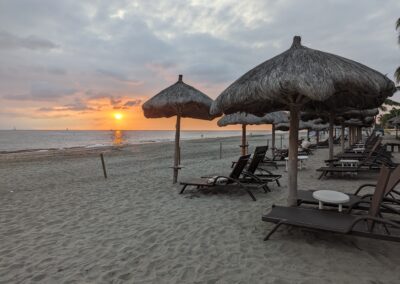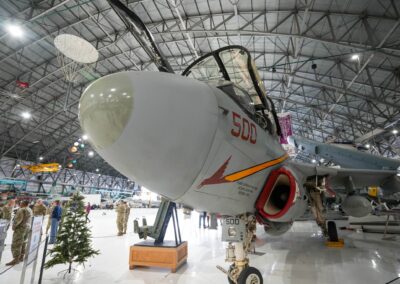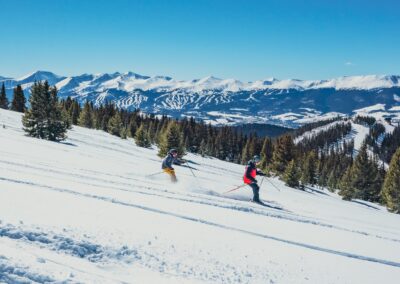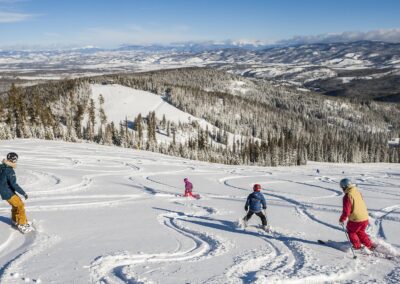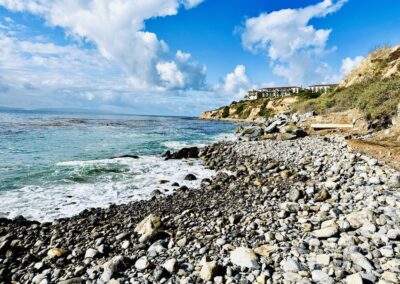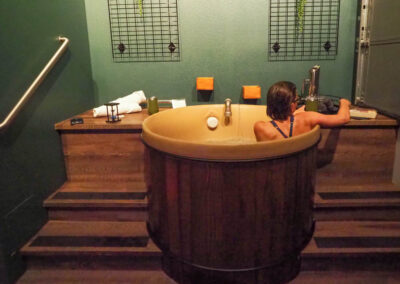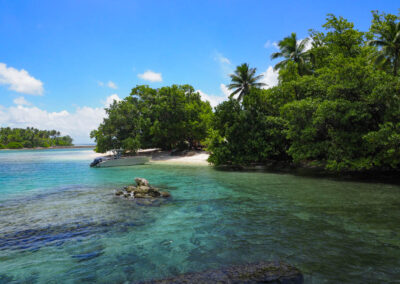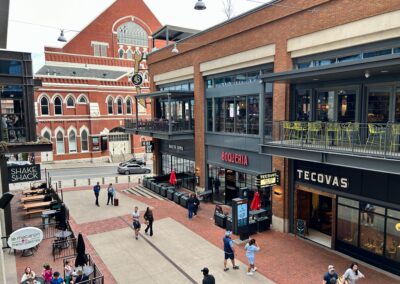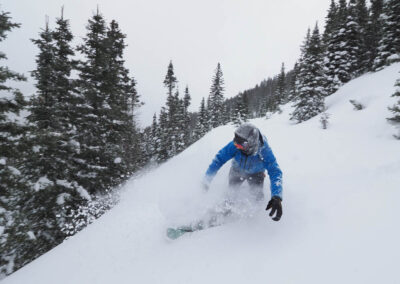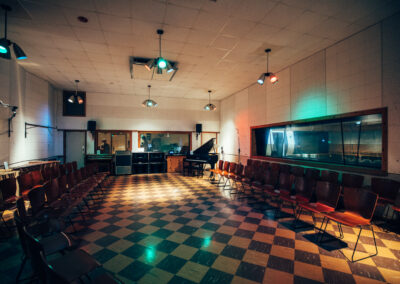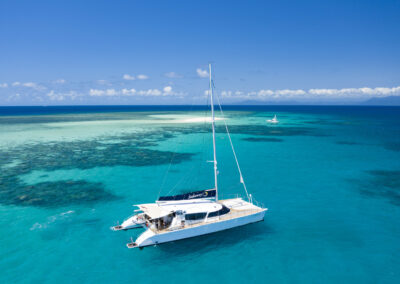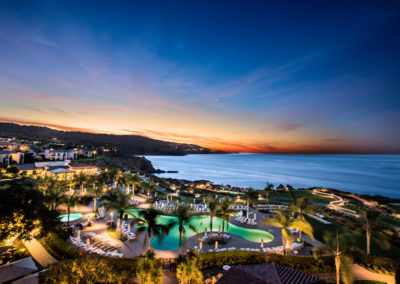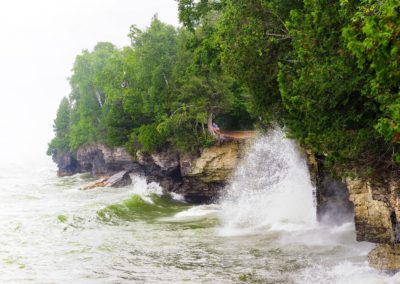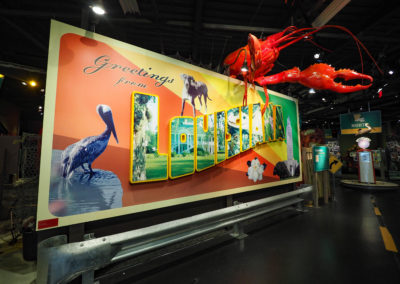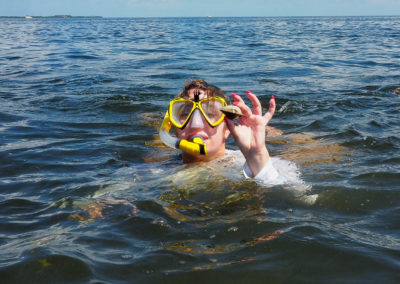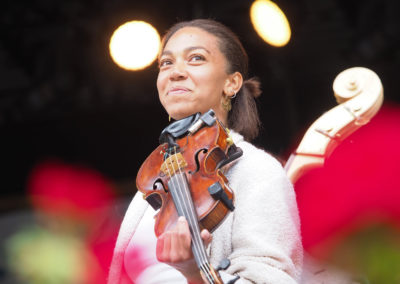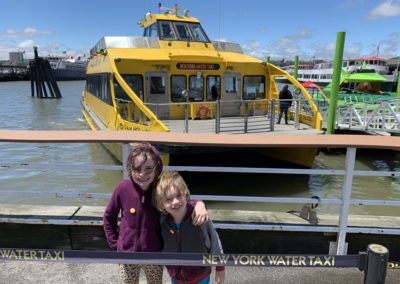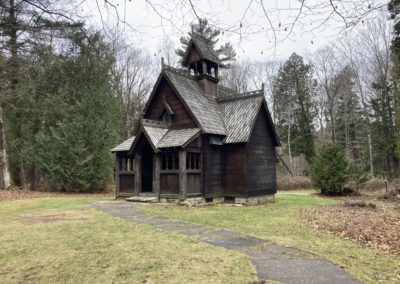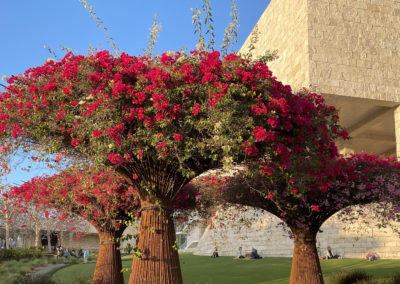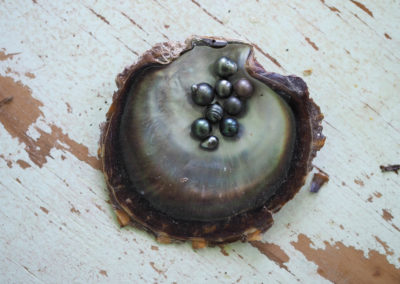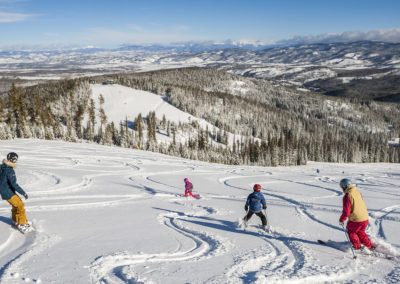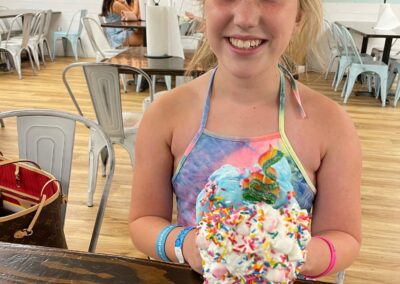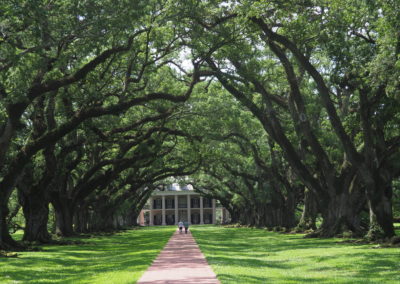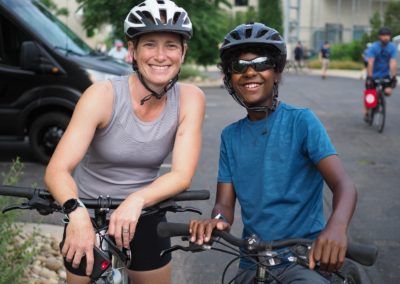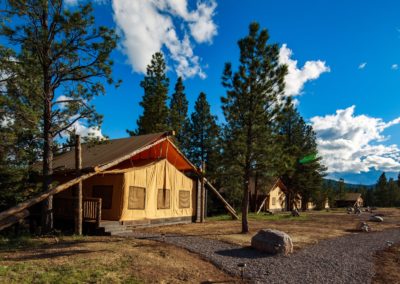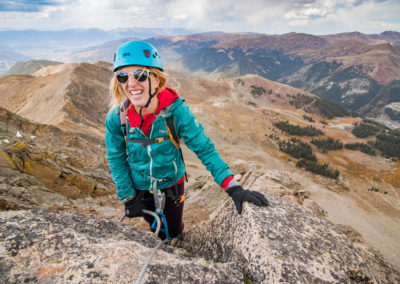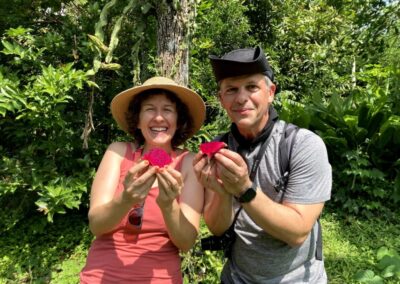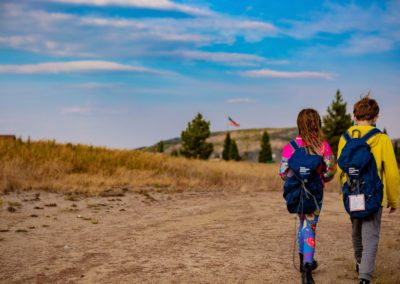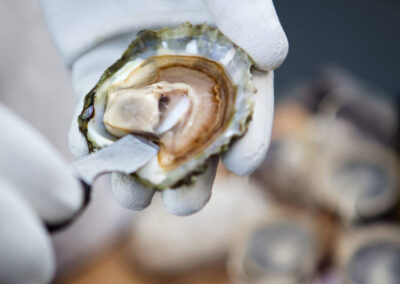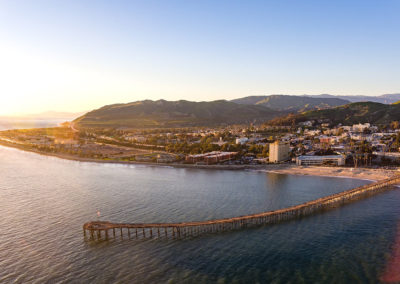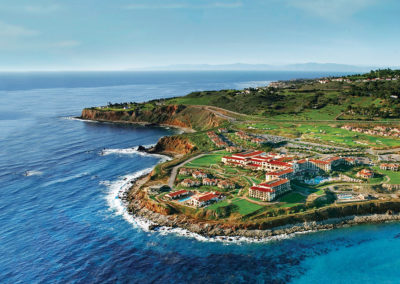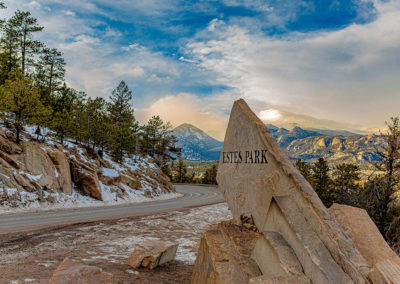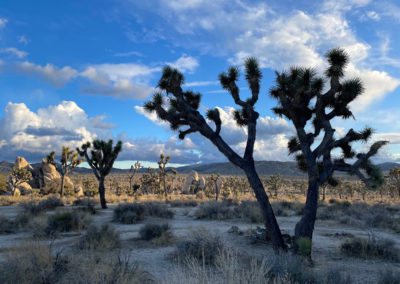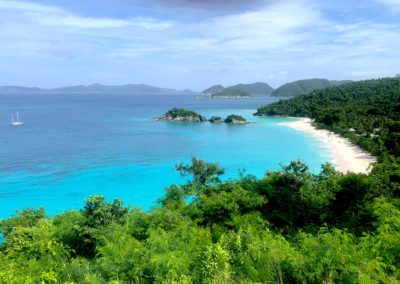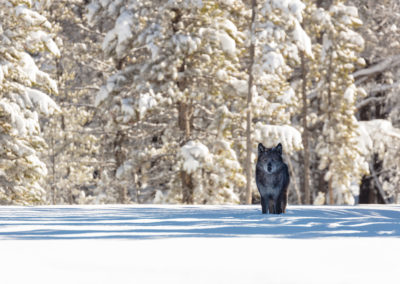
From the 66th floor of the Four Seasons Private Residences Bangkok, the city of 11 millon unfolds for miles. Pam LeBlanc photo
From the 66th floor of a skyscraper in downtown Bangkok, the city spreads out beneath me like a rumpled patchwork blanket.
Streets bustle with so many tuk-tuks, motorcycles and cars that it looks like blood pumping through a network of capillaries. The Chao Phraya River glints silver in the sun as it snakes its way toward the ocean.
For the first time in my life, I’ve made it to Asia. It took more than a solid day of travel to get here, and looking over the cityscape, I feel almost overwhelmed. It’s hot and humid, as sultry as July afternoon in New Orleans, and a golden haze hangs over the horizon.
I can’t wait to get out and explore.
The Four Seasons in Bangkok

The Four Seasons Bangkok is located in the Creative District of Thailand’s capital. Pam LeBlanc photo
I’m hanging my hat at the Four Seasons Bangkok at Chao Phraya River for one week. (According to the rumor mill, the third season of the HBO series “White Lotus,” will take place at one or more of the Four Seasons’ Thailand properties, including this one.)
The hotel opened in December 2020, during the pandemic, and today provides a quiet respite amid the big city buzz.
Walking through the front doors feels like stepping into a zen room. The sounds of traffic vanish, fuchsia-colored orchids brighten every corner, and low pools and hidden gardens make serene places to stop and absorb the quiet.
I started to snore midway through a massage at the hotel’s wellness center the day after my arrival. Every day after that, I got up early each morning to log laps in the lap pool. (The hotel also has two infinity pools for more leisurely swimming.) One day I even booked a session with an on-site energy healer, who cradled my head, spoke in a soothing voice, and encouraged me to release the frustrations and anxieties that have held me back.
The resort has five restaurants (more on those later), plus its own art gallery –– a partnership with the Museum of Contemporary Art –– where exhibits change quarterly. During my stay, the gallery featured Bill Bensley’s colorful paintings; afterward, we enjoyed an impossibly elaborate afternoon tea inspired by his work.
Science, history, and culture on a Smithsonian Journeys Cruise to Panama and Beyond
Creative District of Bangkok

Tuk-tuks whisk tourists around busy downtown streets. Pam LeBlanc photo
The Four Seasons is nestled in the city’s Creative District, surrounded by an array of art galleries, boutiques, and cafes. This district served as the commercial hub of Thailand until the end of World War II, and it’s a neighborhood of firsts: The first hotel, the first department store, and the first movie theater.
Now it’s slightly gritty and extremely hip. Stroll down Charoen Krung Road, the first paved road in Bangkok, then duck into back roads and narrow alleys to admire hidden murals, shops, and food stands. If you don’t want to walk, try hailing a tuk-tuk, a cross between a motorcycle and a cart that carries two passengers.
Aim for Warehouse 30, a block-long industrial building bursting with art. At a shop called Horse Unit, you can buy a pair of vintage Levi’s jeans or army fatigues from the 1970s. At Aurum Gallery, a New York subway car has been turned into a piece of art and sheets of glass are intentionally “shattered” to create larger-than-life portraits. We stopped by ATT 19, which includes an art gallery plus retail and events space. It’s where the hotel sourced much of the artwork that hangs on its walls.
Back on the streets, we strolled past walls covered in gorgeous murals, including one by an artist named VHILS that’s chipped into a cement wall at the Portuguese Embassy like a petroglyph. And at River City Bangkok, which feels like a modern American mall, we admired a “sculpture” of a cartoon-like woman soaking in a giant tub of spheres.
Kudeejeen District of Bangkok

The Buddha at Wat Kalayanamit in Bangkok is 50 feet tall. Pam LeBlanc photo
The next day we hopped aboard one of the city’s iconic long-tail boats and headed for the Kudeejeen district, founded by the Portuguese more than 250 years ago.
The boats caught my attention – a motor the size of a chest freezer, salvaged from an American military vehicle, powered the craft, and passengers sat side by side on narrow benches in front of the driver. It took about 20 minutes to reach our drop-off point along the riverbanks, and we passed a 5-foot monitor lizard in the water as we zoomed along.
Christians, Buddhists, and Muslims have coexisted peacefully in Kudeejeen for two centuries, and one of the first stops on our tour was Wat Kalayanamit, a Buddhist temple built by a Thai Chinese trader in 1825. Besides the biggest bell in Bangkok – strike it three times and it’ll reportedly make you popular – you can see an incredible , seated Buddha that measures 50 feet tall.
You can also admire Santa Cruz Church, one of the oldest Catholic churches in Bangkok, which was built in 1710.

In the Kudeejeen district of Bangkok, bakeries make a type of Portuguese cake known as foreigner cake. Pam LeBlanc photo
Stop by one of the tiny bakeries that still makes Kudeejeen cake, or foreigner cake, a type of Portuguese-influenced treat made with flour, eggs, and sugar, and topped with persimmons and raisins. At the Baan Kudichin Museum, you can learn more about the Portuguese influence on the city, then grab a glass of home–made lime soda at a café with a floor made of blue Portuguese tiles.
Eat, Sleep and Dive: A Live-Aboard Dive Trip in the Turks and Caicos
The highlight for me came in the form of lunch at Baan Sakul Thong, a tiny restaurant tucked inside an old wooden house. The owner traces her lineage to the Portuguese settlers who migrated here in the 18th century, and she still prepares dishes following her great-grandmother’s recipe. Our lunch included bird-shaped dim sum, nesting inside a delicate basket, and Portuguese-style chicken and noodle dish called kanom jeen.
On the way back to our long-tail boat, we peered inside the beautiful Kuan An Keng Shrine, with an ornate dragon clinging to its roof and elaborate wooden carvings on its walls.
Food and Drink

A multi-course meal at Nusara features dishes from every region of the country. Pam LeBlanc photo
The restaurant in Kudeejeen wasn’t the only memorable meal of my trip.
Dinners were, as a rule, huge productions. An 11-course tasting menu at Michelin-starred Nusara, for example, actually included 19 courses, several of which weren’t mentioned on paper. I tasted things – like horseshoe crab roe, slipper lobster and silver mullet – I’d never tasted before. Plus, a Thai popsicle to finish.
And it’s not just Thai food. Cantonese food is popular, and Yu Ting Yuan, right at the Four Seasons, earned a Michelin star for its take on barbecue. At Riva Del Fiume, also at the Four Seasons, I ate beef from Mayura Station in Australia that had been fed Cadbury chocolate to give it a distinct, sweet flavor.
Bangkok is known for its bar scene, too, and we got a sampling of some of the best, starting with the BKK Social Club, which feels more like someplace you’d find in Argentina than Thailand. At dark and modern Bar Us, a team wearing lab coats shakes up cocktails that follow the multi-course concept of a fine restaurant. Climb into the two-man elevator for the ride to Opium Bar, where you’ll feel like you’ve slipped into a secret after-hours club in New York City. And if dancing and fruity drinks are your thing, head to more casual Tropic City.
Bangkok’s Temples and Shrines

The exterior of the Temple of Dawn is decorated with broken porcelain. Pam LeBlanc photo
I spent the last full day of my trip visiting some of the most popular tourist sites in Bangkok.
Be sure and dress for the occasion – ankle-length pants (or a long skirt for women) and a shirt that covers your shoulders are required for entry. Expect to take your shoes off each time you enter a temple, too.
If you forget and show up in shorts, don’t worry. Vendors on streets surrounding the main sites all sell “elephant pants,” loose-fitting, light-weight drawstring pants made with fabric featuring a pachyderm design. They cost just 10 Thai bahts, or about $3, so I bought some to take home as gifts.
The Grand Palace, a complex of buildings that serve as the official residence for the king, is awash in shiny gold tiles and twisted spires. No visit is complete without a look at the 26-inch Emerald Buddha, which is made from jasper, not emerald. The statue dates to the 15th century, and the king changes its clothes three times a year, according to the season.

The Reclining Buddha in Bangkok represents Buddha just before he passed into the afterlife. Pam LeBlanc photo
Take your wide-angle lens when you stop at the Temple of the Reclining Buddha, or Wat Pho, a representation of Buddha lying down just before he passed into the afterlife. The gold-plated Buddha measures 150 feet long, and each toe is about the size of a human. Look closely at the bottom of his feet, which are decorated with mother of pearl.

Tourists at Temple of the Dawn dress in traditional Thai costume and pose for photos. Pam LeBlanc photo
Our final stop was at the Temple of Dawn, or Wat Arun, which some consider the most beautiful temple in Bangkok. The central temple is decorated with broken pieces of porcelain. Tourists are permitted to climb the steep steps partway up the temple, and many tourists rent traditional Thai costumes to have their photo taken on its steps.
Wrapping It Up
Bangkok’s big, bustling, and bursting with things to see. The people are friendly, and the food alone is worth the trip halfway around the globe.
It’s also easy to navigate. Signs everywhere were in both English and Thai, and most people in tourist areas speak English.
I spent a week in the city, which felt about right. But there’s more to see in Thailand, and next time I’ll plan on a few more nights in more rural beach towns.
If You Go

Getting there:
I flew from Austin to Seattle to Tokyo to Bangkok, a flight via Alaska Airlines and Japan Airlines, which partners with American Airlines if you’re looking for frequent flier points, that took more than 27 hours to complete.

Stay:
The Four Seasons Hotel Bangkok at Chao Phraya River offers luxurious accommodations in the city’s thriving Creative District.
Do:
Tour the Creative District, visit the Kudeejeen neighborhood, see temples and shrines, and partake of the local cuisine.
Food and Drink:
For fine dining, try Nusara, Yu Ting Yuan or Riva del Fiume Ristorante; try Thai-Portuguese at Baan Sakul Thong in Kudeejeen. Top bars include BKK Social Club, Opium Bar, Tropic City and Bar Us.

Pro Tip:
Dress modestly – gym tights, bare midriffs and short skirts are not appropriate at temples and shrines. Wear a skirt that covers your knees or long pants, and cover your shoulders.













